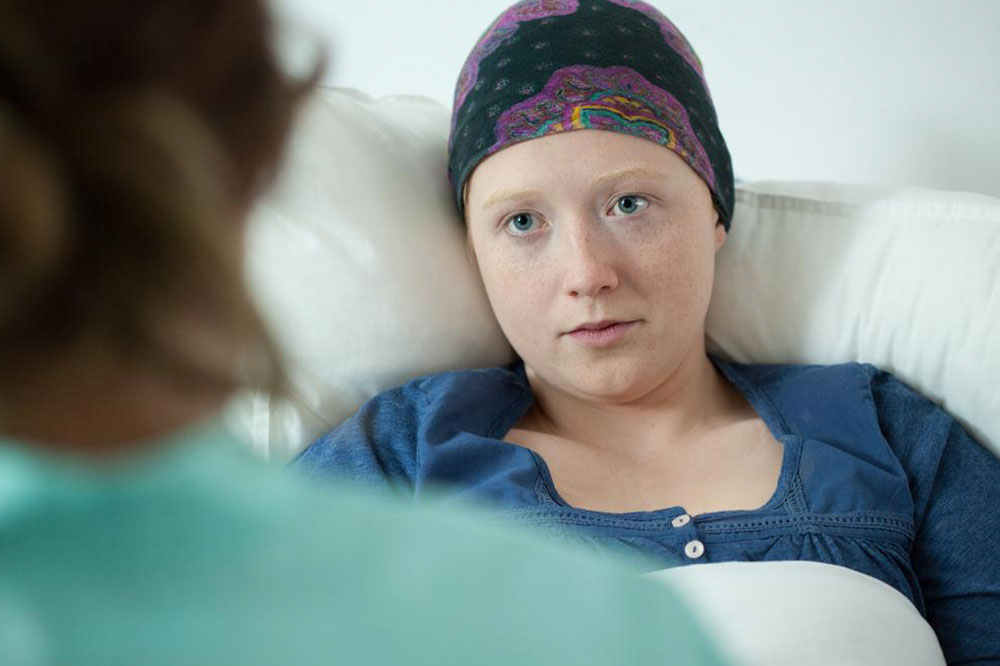
4 Common Types of Leukemia
Leukemia occurs when there is an excess production of abnormal WBC or white blood cells in the body; this condition affects almost 45000 people in the US alone annually. Leukemia is also one of the most common types of cancer in people above 55 years of age and in children below the age of 15 years.
In common types of leukemia, abnormal WBC increases fast and starts to destroy the normal blood cells. It exposes the individual to chances of infection. So, treatment for the common types of leukemia will also depend on the kind of WBC affected and whether this condition is chronic or acute. While the acute type advances fast and becomes severe the chronic type grows slowly, taking a long time to advance.
The four most common types of leukemia are
Acute Lymphocytic Leukemia (ALL)
This type of leukemia, also called lymphoblastic leukemia or lymphoid, starts in the white blood cells or lymphocytes inside the bone marrow. ALL variety if most common in kids and starts in the T or B lymphocytes which are immature WBC. ALL may affect the entire body’s bone marrow and may spread to the liver, spleen, lymph nodes, etc.
Acute Myeloid Leukemia (AML)
It is the most common type of leukemia in adults. This progresses faster and may affect any aspect of the blood; it also has multiple sub-types. The blood stem cells will form into either lymphoid cells (WBC) or myeloid cells ( RBC). in the AML these myeloid stem cells grow into abnormal myeloblasts. When they multiply they can take over the normal blood or bone marrow cells and cancerous cells spread all across the body.
Chronic Lymphocytic Leukemia (CLL)
It accounts for almost one-third of leukemia cases and usually affects older adults. One type progresses slow and the symptoms take long to surface. But another type progresses very rapidly. This type of leukemia starts in B lymphocytes and they soon start crowding normal cells.
Chronic Myeloid Leukemia (CML)
This accounts for only 10% of cases and is very rare; it is more common in grown-ups than kids. This happens when there is a genetic change that converts myeloid cells into immature cancerous cells. The latter start growing and overwhelming healthy blood and bone marrow cells.
Hairy Cell Leukemia (HCL)
This rare type of leukemia is given the name owing to how it appears under a microscope. HCL grows slow and people can survive with this condition for many years before any symptoms start to show. As numbers of cancer cells start increasing, there are fewer and fewer healthy RBC, WBC, and platelets.
Myelodysplastic Syndromes (MDS)
This refers to a cluster of closely related diseases where the bone marrow starts to produce very few functioning RBC, WBC, and platelets. The syndromes can be diagnosed depending on changes in the blood cells or bone marrow. Since blood and bone marrow cells appear abnormal; therefore, this is called myelodysplastic syndromes. Almost 13,000 are detected with this condition every year in the country, according to the American Cancer Society. This was earlier called a preleukemic condition since some people having MDS went on to develop acute leukemia when complications arose.



